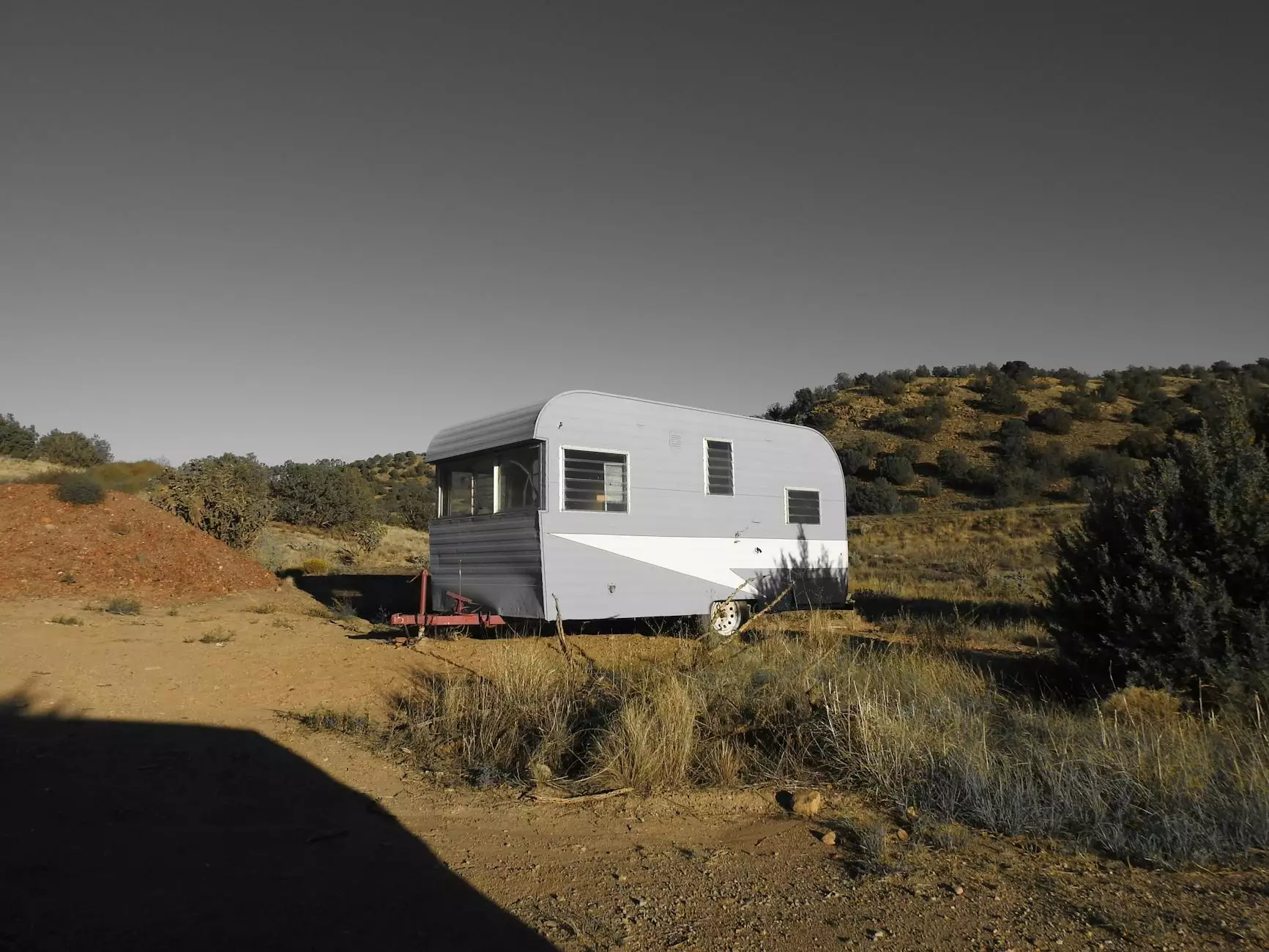Understanding Hazardous Clean Up Jobs: The Ultimate Guide

Hazardous clean up jobs are essential in maintaining public health and safety. They require specialized skills, training, and equipment to effectively deal with dangerous substances that pose a risk to the environment and human safety. In this article, we will delve into the intricacies of these jobs, the processes involved, the necessary precautions, and much more. Whether you're curious about entering this field or simply seeking more information, this guide will serve as a comprehensive resource.
What Are Hazardous Clean Up Jobs?
Hazardous clean up jobs encompass a broad spectrum of tasks aimed at eliminating dangerous materials and contaminants from various sites. These jobs often involve the cleanup of:
- Biological hazards (e.g., bloodborne pathogens)
- Chemical spills (e.g., industrial waste)
- Medical waste (e.g., discarded syringes, pharmaceutical products)
- Environmental hazards (e.g., oil spills, contaminated soil)
The Importance of Hazardous Clean Up Work
The importance of hazardous clean up jobs cannot be overstated. These roles are crucial for maintaining a safe and healthy environment. Here are several reasons highlighting their significance:
- Public Safety: By removing hazardous materials, workers protect the public from potential health risks, including exposure to toxic substances.
- Environmental Protection: Proper cleanup prevents hazardous materials from contaminating soil, water, and air, safeguarding ecosystems and wildlife.
- Compliance: Many industries are subject to regulations regarding waste disposal and hazardous material management. Professionals in this field ensure compliance with these regulations.
- Emergency Response: Hazardous clean up professionals often respond to emergencies such as chemical spills or natural disasters, providing immediate assistance to mitigate risks.
Types of Hazardous Clean Up Jobs
The world of hazardous clean up jobs is diverse, with various specializations depending on the type of materials being cleaned. Some of the most common types include:
1. Biohazard Cleanup
This involves the cleanup of biological hazards, including crime scenes, trauma scenes, and medical facilities. Professionals need training in handling bloodborne pathogens and ensuring full decontamination of affected areas.
2. Chemical Hazmat Cleanup
This job focuses on cleaning up spills and releases of hazardous chemicals. Workers often wear specialized protective gear and employ specific techniques to safely neutralize and remove hazardous substances.
3. Asbestos Abatement
Asbestos abatement involves the removal and proper disposal of asbestos, a material known for its health risks. This job requires adherence to strict regulations and guidelines to ensure safety during the removal process.
4. Mold Remediation
Mold remediation is crucial in homes and buildings that have experienced water damage. Professionals work to remove mold colonies safely while addressing the underlying moisture issues to prevent recurrence.
The Hazardous Cleanup Process
While each type of hazardous cleanup job may have its specific steps, the overall process generally follows a similar framework. Here are the typical phases involved:
- Assessment: A thorough inspection to assess the extent of contamination. This might include the use of specialized equipment to detect hazardous materials.
- Planning: Developing a detailed plan outlining the cleanup process, including safety precautions and necessary equipment.
- Containment: Before cleanup can begin, it's vital to contain the area to prevent the spread of hazardous materials.
- Removal: This phase entails the careful removal of hazardous materials following industry best practices and regulations.
- Decontamination: Cleaning the affected area thoroughly to eliminate any remaining contaminants, using appropriate disinfectants and techniques.
- Disposal: Hazardous materials must be disposed of in compliance with local, state, and federal regulations.
- Final Inspection: Conducting a final inspection to ensure the area is safe for use again and free from hazards.
Safety Measures in Hazardous Clean Up Jobs
Given the risks associated with hazardous clean up jobs, safety is paramount. Here are key safety measures that professionals must adhere to:
- Personal Protective Equipment (PPE): Always wear appropriate PPE, including gloves, masks, goggles, and protective suits designed for the specific hazards present.
- Training: Regular training and certification help ensure that workers know how to respond to hazards safely.
- Emergency Procedures: Establish and practice emergency response procedures in case of accidental exposure or spills.
- Health Monitoring: Regular health checkups to monitor for any long-term effects of exposure to hazardous materials.
Career Opportunities in Hazardous Clean Up Jobs
The field of hazardous clean up offers a range of career opportunities, from entry-level positions to specialized roles. Here are some common career paths:
- Hazardous Materials Removal Worker: Often the first on the scene, these workers are involved in cleaning up hazardous materials and can work in various settings.
- Environmental Scientist: They typically work in assessing environmental hazards and developing strategies for remediation and cleanup.
- Safety Manager: Overseeing safety protocols and ensuring compliance with regulations is a critical role in hazardous cleanup operations.
- Biohazard Cleanup Technician: Specializing in biohazard cleanup, these technicians handle sensitive situations requiring specific training.
Conclusion
In conclusion, hazardous clean up jobs play a critical role in protecting public health, safety, and the environment. These professionals are essential in mitigating risks associated with hazardous materials, ensuring that communities remain safe and compliant with regulations. By choosing a career in this field, individuals contribute to the greater good, making a difference in the lives of many.
Whether you are considering a career in this field, or if you find yourself in need of biohazard cleanup services, understanding the importance and processes involved can help you make informed decisions. The expertise of teams like those at Biohazard Plus ensures that hazardous materials are handled professionally and safely.









